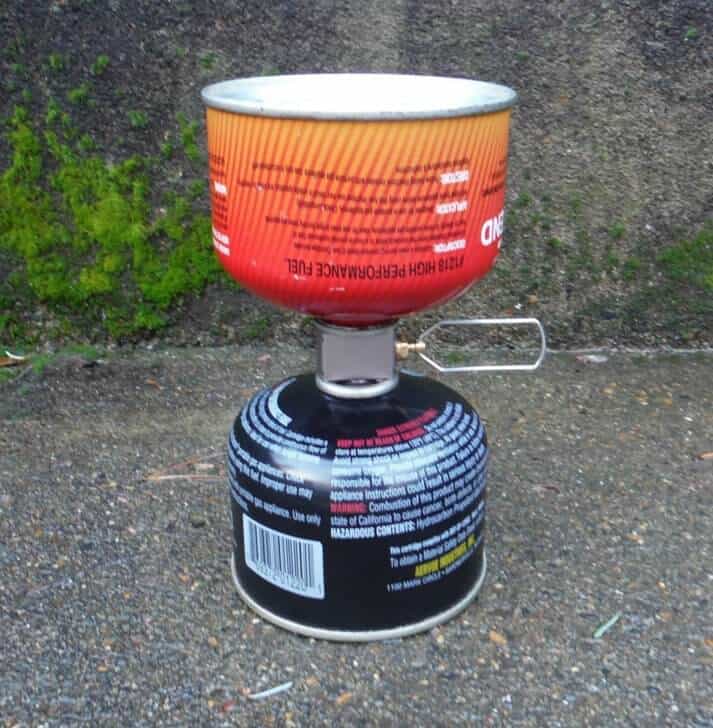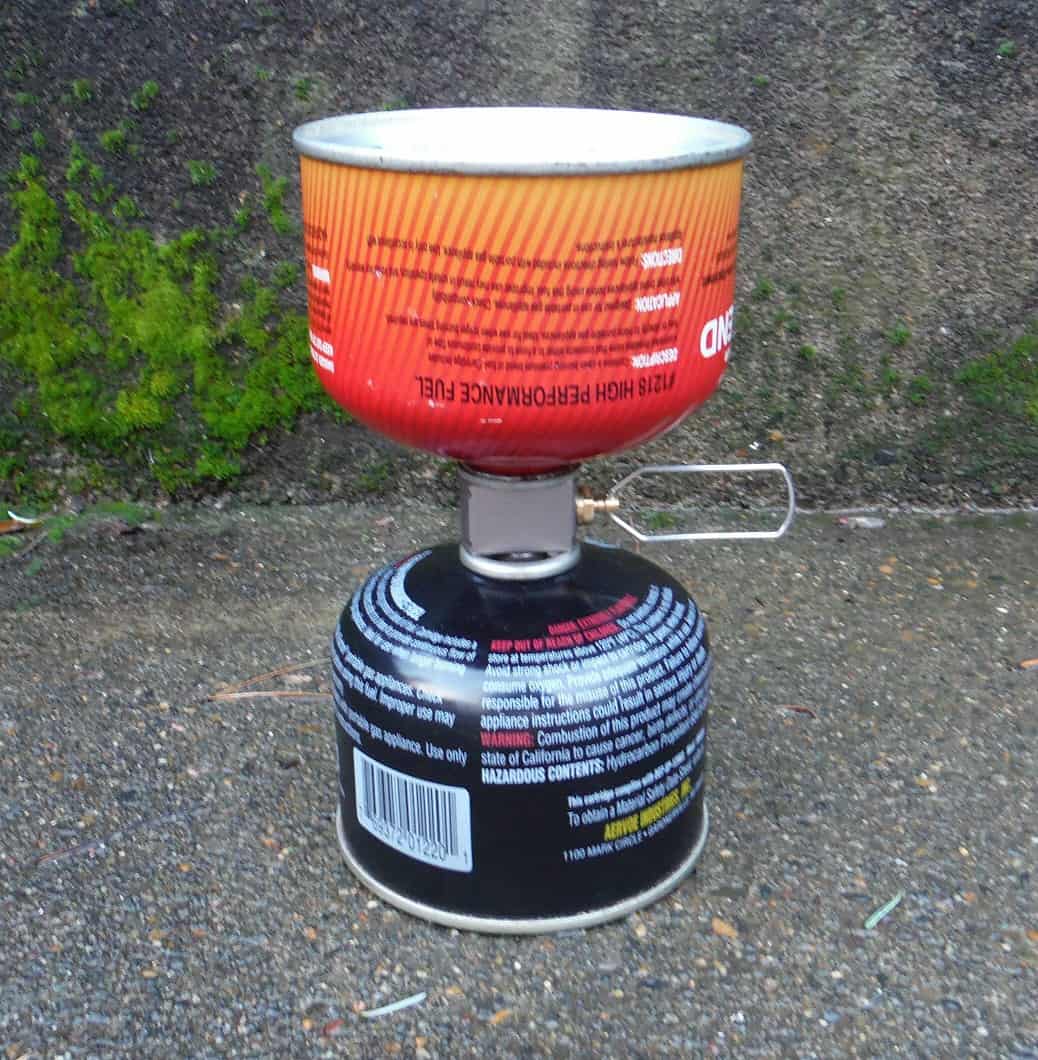Introduction
The old paradigm is that you buy a canister of 4 or 8 ozs. It’s kind of expensive. If you go on a short trip, you still have to carry the entire canister even though you only need a little. And when you’re done with a trip, you often have a canister that only has a little fuel in it. There won’t be enough fuel for the next trip, so you have to take a second, full canister, or you’re stuck with some mostly empty canisters you have to figure out what to do with, or you can begin transferring gas between stove canisters to fill up the can for your next trip.
Caution
Backpacking Light does not make any recommendations on refilling canisters as Jerry describes here. However, the devices are commercially available, so what follows is simply Jerry’s description of what is possible and, one gathers, common practice today. BPL accepts absolutely no responsibility for what you do.
The G-works Gas Saver R1 Cartridge Exchanger
You can buy a “G-works Gas Saver R1 Cartridge Exchanger Anodize Duralumin” from amazon.com for $26 which allows you to transfer fuel between canisters, from source to target. There are other similar devices available. Operation is as follows:

- Put the target canister in ice water.
- Put the source canister into a bowl of water that’s 120 F (look at the label, for some canisters it’s 110 F). If it’s greater than 120 F, the canister might burst. You’re best doing this outdoors so if there’s any leakage, it will blow away rather than accumulate inside your house and risk exploding.
- Wait two minutes, dry off both canisters, then screw the source and target canisters into the exchanger.
- Position with source on top and open the valve on the exchanger. You can hear the fuel flow. Let it flow for about 20 seconds and then shut the valve. You can hear the flow stop.
- After you have closed the valve, remove the target canister and weigh it to see if it now has the right amount of fuel.
- Repeat as necessary. If you overshoot, just switch the canisters and let the old source canister, now the target, cool in ice water, and warm up the old target canister, now the source, in the hot water.
Warnings and Liabilities
It says on the side of the canister not to refill. I don’t know if this qualifies as refilling since you’re just transferring, but assuming it does: I don’t recommend refilling canisters, it’s much better to just buy canisters and don’t worry about all this. But if you choose to disregard this, there are a couple things to avoid. I suspect if you refilled, and then sold it, there would be a legal liability. If you just do it yourself, maybe not. I know of a number of people that do this successfully. There are some good YouTube videos that show how to do it as well.
Do not fill the target canister more than the specified volume allowed on the label, typically 220 or 230 g. If you overfill and the temperature of the liquid increases, the liquid will expand. If the expansion uses up all the vapor space in the canister it will exert a lot of pressure and burst the canister. Then you have the makings of a huge fireball hanging around you, and we do mean HUGE.
The best way to handle this is to weigh the canister when new and write the weight on the canister. Then when you refill it, make sure you don’t exceed this weight. Or, weigh it when empty, add 220 or 230 g as specified on the label, and use this as your maximum weight. Maybe just to be careful, fill it a little less than the maximum, like maybe 10 g or 1/4 oz. In one of those YouTube videos the guy overfilled by 1 oz, said that was really great, then posted a comment later saying the bottom of the canister pushed out so maybe not such a good idea to overfill. At least he survived to make the comment.
Do not fill canisters with pure propane. The canister can not take the increased pressure of propane so it would burst. You would normally need a different adaptor to do this anyhow.
Assessment
Member Exclusive
A Premium or Unlimited Membership* is required to view the rest of this article.
* A Basic Membership is required to view Member Q&A events




Home › Forums › Evaporative Heat Loss in Upright Canisters (Part 3 – Transferring Gas Between Stove Canisters)